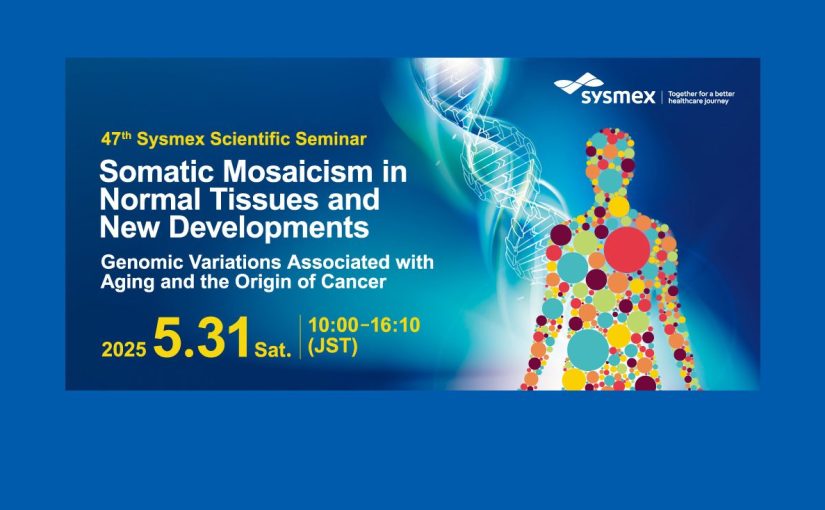Chronic Kidney Disease Test and Diagnosis
Speaker

Sr. Col Ouppatham Supasyndh, M.D.
Deputy Director, Army Institute of Pathology
Phramongkutklao Medical Center
Objectives of the Lectures
CKD causes number of severe complications and death. There are many markers in CKD diagnosis, creatinine, eGFR, albuminuria, and dysmorphic red blood cells. These things can help you with diagnosis and the disease’s progression. In this webinar, our speaker will note on current CKD diagnosis, CKD biomarkers used in diagnosis, and a bit of AKI diagnosis.
Abstracts of Talk
The prevalence of CKD in Thailand. In 2017, the data of 28,770 CKD patients in 871 hospitals, 33.2% of them were in the third stage and 4.3% of them were in the fourth and fifth stages of the disease and all these patients had been admitted to hospitals. According to the data collected during 2007-2019, the number of chronic kidney failure patients per population rose higher each year. By 2019, there were 2,157 patients per million population. Thailand’s DALY or Disability-Adjusted Life Year of CKD rate is in the range of 500-999 per 100,000 population, which is considered rather high compared to other countries. Therefore, it is important to know how to diagnose CKD. Here are some CKD diagnosis guidelines. Kidney damage markers must be of at least three months duration. We need at least three months because time is an important indicator when you are looking for a chronic disease. There are many markers in CKD diagnosis, creatinine, eGFR, albuminuria, and dysmorphic red blood cells. The eGFR is also an indicator. The staging of CKD is linked to CKD prognosis What are the things that help you predict CKD prognosis? Why albuminuria indicates a bad prognosis? What biomarkers can help you diagnose chronic kidney disease? There’s another biomarker you can use, cystatin-C. Another situation where cystatin-C is useful is when eGFR creatinine result comes out at 45-79 cc per minute per 1.73 square meters without markers of kidney damage. Another marker of kidney damage is abnormal sediment, such as broad cast and red blood cells. How it is one of the markers that indicate that glomerular disease patients’ red blood cells in capillary leak into glomerular. Dysmorphic red blood cell is important because it helps with diagnosis. Dysmorphic red blood cell comes in various forms, while isomorphic red blood cell has only one form. However, it is
hard to distinguish between isomorphic and dysmorphic red blood cells when you look at them through a light microscope. How can dysmorphic red blood cell help us? A study found that the rates of correct diagnosis of AKI by medical technologists and nephrologists differ significantly. There are a few things that distinguish between CKD and AKI azotemia patients. It’s important to know a little about the diagnosis of AKI. UTI is one of AKI causes. You will see that in UTI diagnosis, Gram’s stain is one of the tools that we have been using for a long time. It can quickly identify the type of bacterial infection. Also, Gram’s stain, like other methods, requires expertise to conduct and analyze. Sometimes you might incorrectly interpret the result. Thus, Flow-cytometry based analyser is used to detect anomaly in white blood cells and bacteria and determine whether it’s a Gram-Positive or Gram-Negative. The area under the curve of the flow cytometry chart shows rather high sensitivity and specificity. This means that flow cytometry analysis is a pretty good analysis.
We hope you have enjoyed the webinar and gained new insights!
May we request your time for a short survey?
Scan Here



![[VOD AVAILABLE] Optimising Lupus Anticoagulant Testing: From Algorithms to Guidelines](https://www.sysmex-ap.com/wp-content/uploads/2025/05/Red_Blood_Cells_and_Platelets-scaled-e1749118671948-825x510.jpg)

![[VOD AVAILABLE] MINDS TOGETHER – Sysmex Knowledge Congregation Webinar on Anaemia & Haematuria Early Diagnosis Using Automation](https://www.sysmex-ap.com/wp-content/uploads/2022/08/3d_illustration_of_red_blood_cells_1-825x510.jpg)
![[VOD AVAILABLE] 9th International Sysmex Scientific Seminar](https://www.sysmex-ap.com/wp-content/uploads/2024/09/ISSS-2024-background-825x510.jpg)